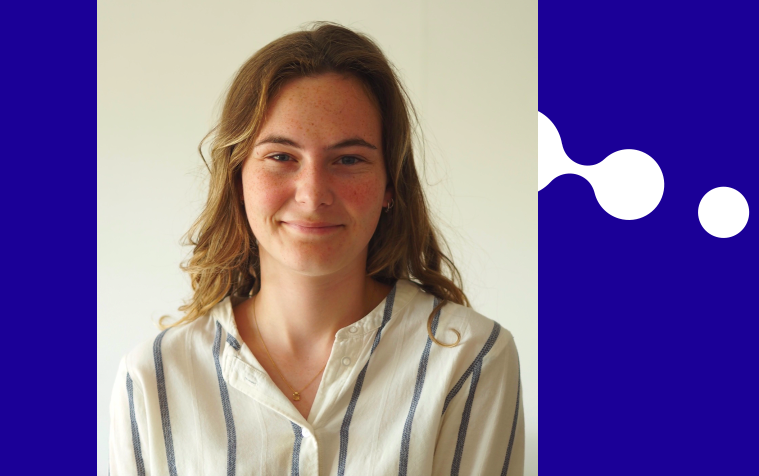
Meet the young researchers behind MYRIAD-EU: Sophie Buijs
MYRIAD-EU is a project run by ambitious and commited people. This month we introduce you to PhD candidate Sophie Buijs, with a background in chemistry and her journey at the Water and Climate Risk department of the Institute of Environmental Studies.
I’m Sophie Buijs and I’m a PhD Candidate at the Water and Climate Risk department of the Institute of Environmental Studies (VU Amsterdam). After having done a Chemistry Bachelors I have broadened my knowledge by getting my interdisciplinary master’s degree in Global Environmental Change and Policy. I have worked on many different topics and am especially interested in applying quantitative methods, while making sure that my research has clear societal relevance and applicability.
What do you do on MYRIAD-EU?
My work is a part of work package 4, which focusses on “Dynamic feedbacks between risk drivers”. I just started my PhD, so I’m not a 100% sure yet what I will be researching exactly, but it will likely revolve around recovery dynamics and obtaining a better understanding of consecutive disasters. I’ve worked on various projects during my masters, including the Firescapes project, in which we researched wildfire risk in the Netherlands, and my master’s thesis, which was a project of the VU in collaboration with GreenpeaceNL. During this project we researched coastal risk and potential adaptation measures for the Dutch Caribbean Island Bonaire. The results were recently released and picked up by the news globally, so you might have read about this study in the paper.
What is the most interesting thing you learned working on MYRIAD-EU?
I only recently started working on this project, but I think one of the main things that I’ve learned from working on this project is that things are always more complicated than they seem. When you start working on a specific topic, initially, it often actually seems quite simple. However, once you learn more and more about it, you come to find out how many aspects are actually important to take into account. By taking a multi-risk perspective this becomes even more true.
Where do you see yourself in 5 years?
To be honest, I have not given that much thought yet. But that’s something that I did on purpose, as I don’t know what opportunities and interesting topics I will encounter along the way. Also, I see these four years as a time that I can use to find out what I want to do next. For now, I’m taking my PhD one day at a time.
What did you want to be when you were growing up?
I really wanted to become a Nobel prize winner or professional baker, preferably both. Not quite what I’m doing now, but I’m still very happy with what I do!
Who is your science idol?
Marie Curie has always been one of my favorite science persons. She’s a chemist and physicist, discovered two chemical elements, and received the Nobel prize twice, once together with her husband. She was the first female to ever write a dissertation in physics and receive a Nobel prize, one of the first female professors, one of the two persons that have ever received a Nobel prize in two different disciplines and the only female who ever received two Nobel prizes. By doing all these amazing firsts, she inspires me to not feel discouraged in doing something by the fact that no one has ever done it before you.
If MYRIAD-EU held a party, which song would you request from the DJ?
Dancing Queen from Abba because you can never have enough Abba at any party!
